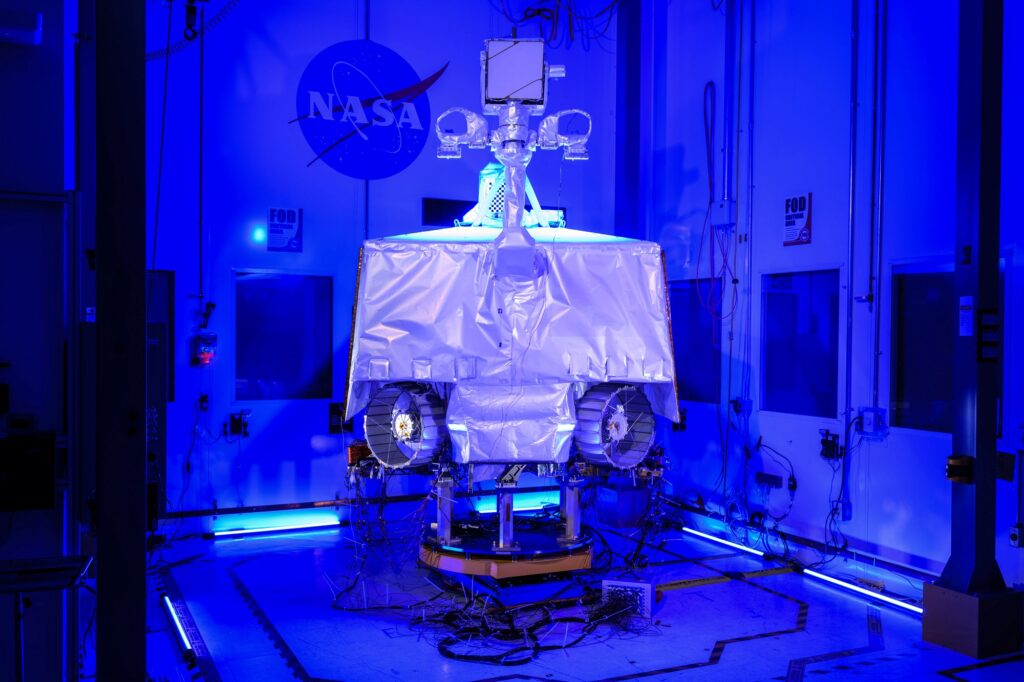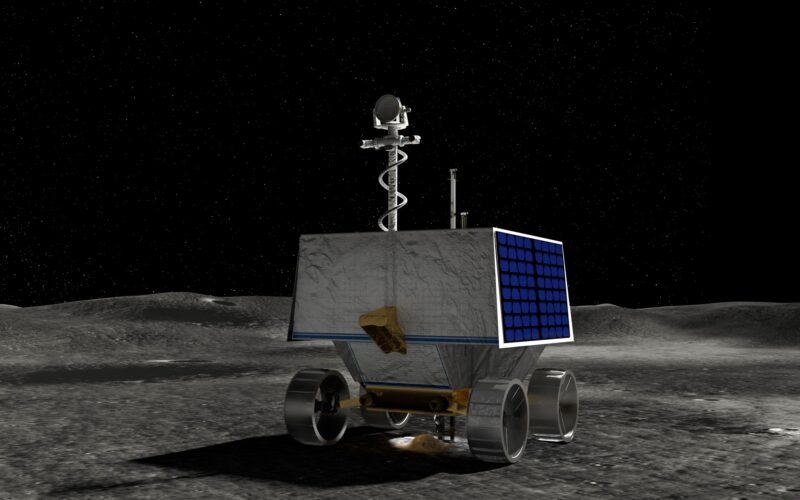NASA has announced that following a “comprehensive internal review” it has decided to pull the plug on its VIPER (Volatiles Investigating Polar Exploration Rover) Moon rover project.
The Viper moon rover was scheduled to be ready for a launch in September 2025, on a mission to land around the Moon’s South Pole where it would search for ice and other potential resources.
On July 17, 2024, NASA confirmed that the project was cancelled, citing “cost increases, delays to the launch date, and the risks of future cost growth”.
Beset with delays, VIPER was originally due to travel to the Moon aboard an Astrobotic Griffin lander in 2022, but this was rescheduled to late 2024, before eventually settling on 2025.

The mission was part of NASA’s CLPS (Commercial Lunar Payload Services) launch which delivers science and technology to the lunar surface on behalf of companies.
NASA said that the continuation of VIPER would result in an “increased cost that threatens cancellation or disruption to other CLPS missions”.
“We are committed to studying and exploring the Moon for the benefit of humanity through the CLPS program,” said Nicola Fox, Associate Administrator, Science Mission Directorate, NASA Headquarters in Washington. “The agency has an array of missions planned to look for ice and other resources on the Moon over the next five years. Our path forward will make maximum use of the technology and work that went into VIPER, while preserving critical funds to support our robust lunar portfolio.”
NASA plans to use VIPER’s instruments and components for future Moon missions but will consider expressions of interest from other parties for use of the existing rover system at no cost to the government.
Astrobotic will continue its Griffin Mission One within its contract with NASA, working toward a launch scheduled for no earlier than fall 2025.
The landing without VIPER will provide a flight demonstration of the Griffin lander and its engines.
In a statement, NASA explained that it will pursue alternative methods to accomplish many of VIPER’s goals and verify the presence of ice at the lunar South Pole.
These include the Polar Resources Ice Mining Experiment-1 (PRIME-1), scheduled to land at the South Pole during the fourth quarter of 2024.
NASA reportedly spent around $450 million on the VIPER project but will save the agency over $80 million through its cancellation.
The project will conduct an orderly close in spring 2025.

